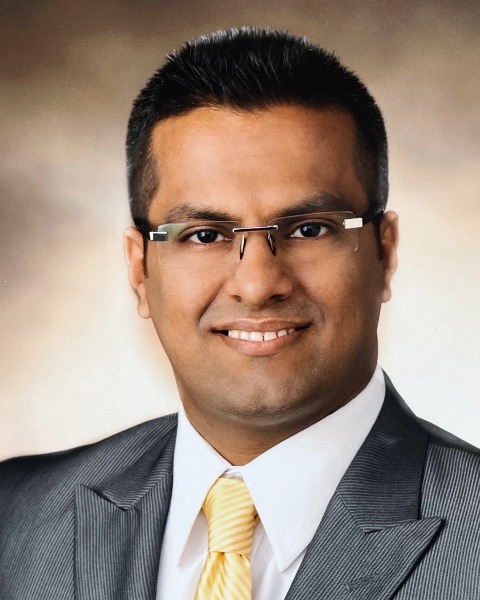General IR
Interventional Radiology in Osteopathic Medical Education

Eric Cyphers, MS
Medical Student
Philadelphia College of Osteopathic MedicineDisclosure(s): No financial relationships to disclose
- DG
Derek Groskreutz, M Res
Medical Student
Frank Netter School of Medicine at Quinnipiac University - CG
Christopher J. Grilli, DO
Attending Physician
Christiana Care 
Rakesh S. Ahuja, MD
Vascular & Interventional Radiology
Radiology Associates of North Texas
Poster Presenter(s)
Author/Co-author(s)
The integrated interventional radiology (IR) residency requires sufficient exposure for medical students to consider IR as a career pathway and to become successful applicants. Osteopathic students are underrepresented in the IR match. The purpose of this study is to categorize the landscape of IR at osteopathic medical schools and propose a framework to increase student access to IR.
Materials and Methods:
The Commission on Osteopathic College (COCA) website was utilized to create a list of accredited colleges of osteopathic medicine. School websites were searched, and offices of clinical education were contacted for the availability of IR and diagnostic radiology (DR) rotations. Rotation curricula were reviewed. The Society of Interventional Radiology’s Residents, Fellows, and Students section was utilized to generate a list of interventional radiology interest groups (IRIG) at osteopathic medical schools.
Results:
31 COCA-accredited colleges of osteopathic medicine had curriculum information available. Of those schools, 29% (n=9) had IR rotations available for students while 71% (n=21) had student-run IRIGs. 67% (n=6) of IR rotations were available to all clinical students and 33% (n=3) were available for seniors only; none were available to preclinical students. These rotations were electives in 89% (n=8) of cases while 11% (n=1) were listed as subinternships. Most rotations were 4 weeks in length (56%, n=5). Of schools without available IR rotations, 55% (n=12) had DR rotations available for students; 75% of these DR rotations had IR exposure in their curricula.
Conclusion:
Medical student exposure to IR is of paramount importance for a successful integrated IR residency match. It has been previously shown that a majority of allopathic schools offer their students IR rotations. However, only 29% of osteopathic schools provide such rotations despite 71% of institutions having student-run IRIGs. IR rotations varied in category, length, and student level availability. There is significant need to improve and standardize access to IR at osteopathic medical schools and this can be achieved through establishing dedicated IR experiences at existing clinical sites and radiology partner groups.

.png)
.jpg)
.png)
.png)
.jpg)
.png)
.jpg)
.png)
.png)